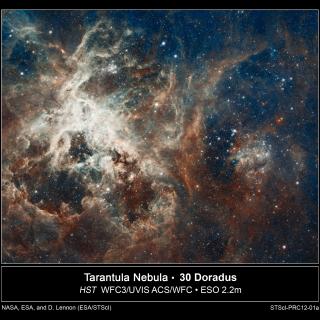
An international team of astronomers with participation of researchers at the Instituto de Astrofísica de Canarias (IAC) and the University of La Laguna (ULL) has revealed an ‘astonishing’ overabundance of massive stars in a neighbouring galaxy.

An international team of astronomers with participation of researchers at the Instituto de Astrofísica de Canarias (IAC) and the University of La Laguna (ULL) has revealed an ‘astonishing’ overabundance of massive stars in a neighbouring galaxy.
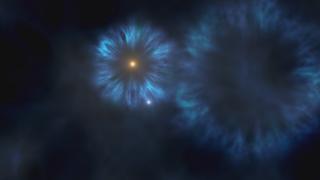
Researchers at the Instituto de Astrofísica de Canarias (IAC) have identified, using the Gran Telescopio de Canarias (GTC) a star which is a key to the formation of the first chemical elements in the Galaxy. The results of this research are published today in the scientific journal The Astrophysical Journal Letters.
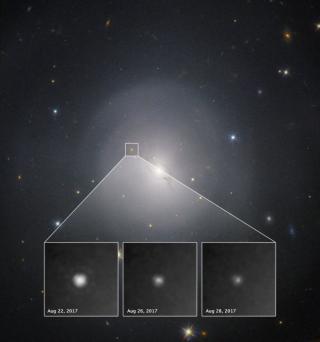
The IAC has participated in the detection of the counterpart, in the visible, the infrared and X-rays, of the source of gravitational waves GW170817 (neutron stars merging). The results are being published in the journals Nature and Astrophysical Journal. This is the first time that the electromagnetic counterpart of a gravitational wave event has been detected, which has been announced this morning in pressconferences organized by the research groups involved, among them the Universidad de las Illes Balears and the Universidad de Valencia, along with large part of the astrophysic and
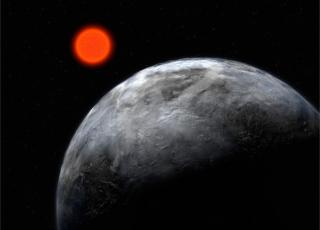
Este instrumento, en el que el IAC participa en su diseño y construcción, así como en el grupo científico, ha estudiado una muestra de trescientas estrellas en busca de planetas similares a la Tierra, demostrando su perfecto funcionamiento.
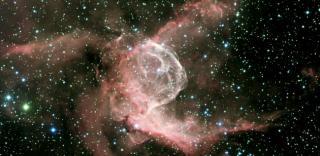
A team led by a researcher at the IAC and the University of La Laguna (ULL) has accurately measured the variation of oxygen abundance along the disc of our Galaxy.
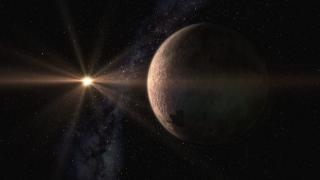
An international team led by researchers from the IAC, using the radial velocity method, have discovered a possibly rocky planet at the edge of the habitable zone of a red dwarf star. Only a few dozen planets of this kind are known and its detection was made possible with the HARPS-N spectrograph on the Telescopio Nazionale Galileo (TNG) at the Roque de Los Muchachos Observatory, La Palma.